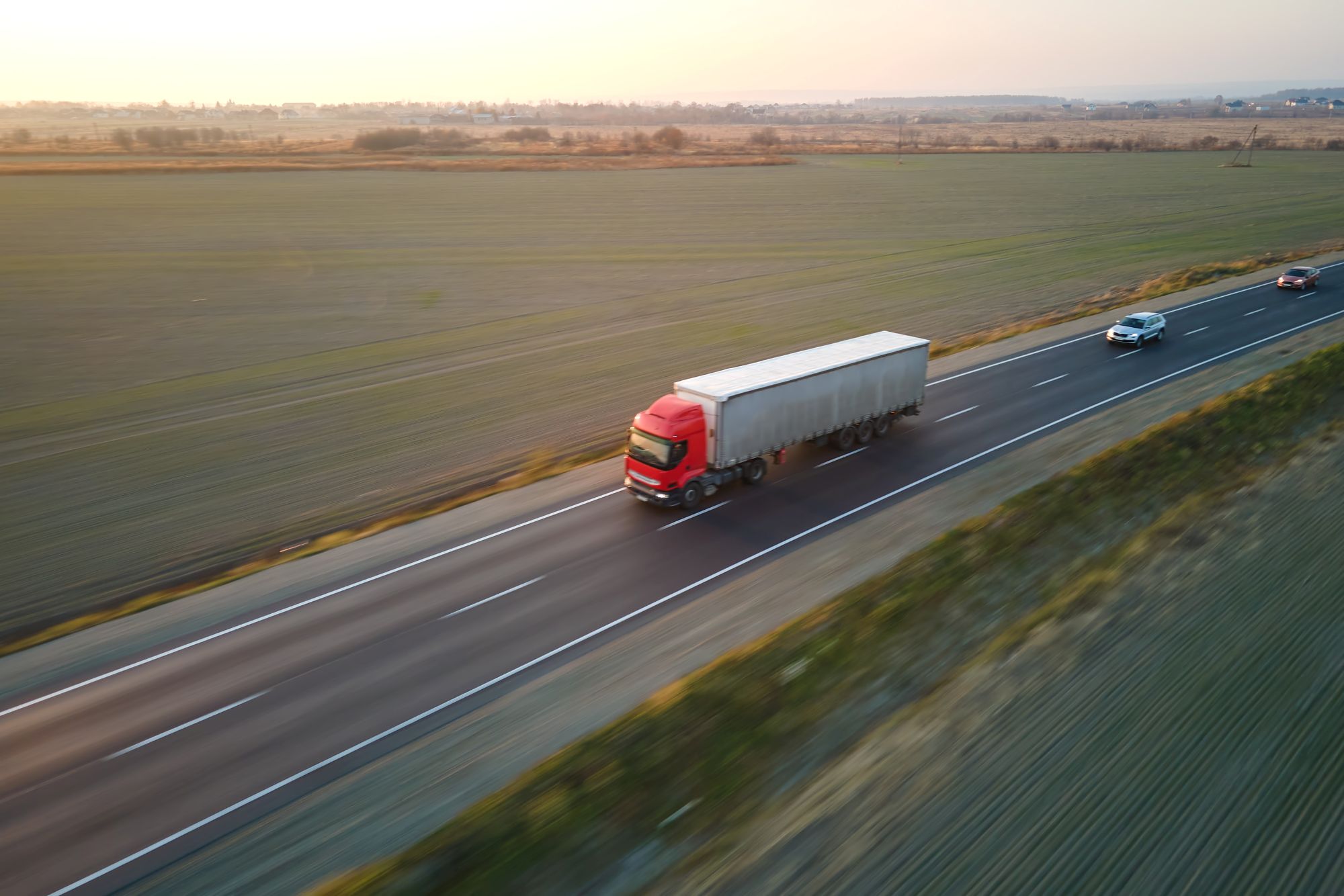
Miranda Blake
HGV Drivers Day 2025: Giving truckers a voice
Created: 22/01/2025
•
Updated: 22/01/2025
On 22nd January 2025, it’s HGV Drivers Day. Established by NN1 Personnel (recruiters and suppliers of truckers in the logistics industry), the day aims to celebrate drivers and all they do for the economy and society.
Without truckers, who often experience various difficulties in the role (including being away from their families and home, long working hours, and travelling in extreme weathers), we would be without our necessary products and convenience. They truly have been heroes over the last few years as well as prior to that – the pandemic was only one example of this.
How you mark the day is up to you. NN1 Personnel recommends showing acts of kindness, for example by providing drivers with a hot drink or chatting with them.
Here at SNAP, we’re always keen to give truckers a voice. And so, for this HGV Drivers Day, that’s exactly what we’re doing. Following a recent post on our Facebook page asking about the driver shortage and how to ensure young people have the enthusiasm to join the industry, we’re highlighting some of the commentary from truckers that show their real-life experiences – from the challenges they face to what they love about their job.
Work-life balance
A key talking point for drivers is how the role impacts their personal lives, such as not being there for important moments in life, having to sleep in their cab, and the money not being worth the sacrifices they make.
“Lorry driving has always been bad pay, long hours, and little to no social life. The young people of today will not put up with the silly hours as most have a life outside work.”
“I would not recommend it unless it's in your blood. It's not like a regular job; it's a way of life. You have to understand what you're getting into. You don't get regular start and finish times like a factory job. Everything is about the nature of the job. You're expected to do 15-hour shifts and nights out in the cab as the job requires it – and screw your home life.”
“70 hours a week on average for £50K a year just ain't worth it anymore. The minimum wage is fast catching the average lorry driver wage, so I'll just do overtime at a factory for similar cash and get to see my wife every night.”
“Having to do 60/65 hours a week, 3/4 nights out, no social life – for the money you earn you might as well stack shelves at Aldi and have a life. New drivers coming into driving don’t want that many hours or nights out for the pittance you earn, fact. So, when companies start paying drivers more, they will start getting drivers.”
“How many that started at the same time as me continued with the industry? How many wives got fed up with not seeing their husbands? How many drivers got fed up with not seeing their wives and kids?”
“Why would young drivers enter the industry? Long hours, poor pay – they can earn better money and have a more sociable life if they train for something else. Too late for me now, sadly.”
Statistics back up the feedback. For example, it’s been found truckers work an average of 48 hours every week – compared to 37.5 hours for all employees, this is a substantial 28% higher. And so, it’s not surprising just a third of drivers felt that their employers supported the balance between their professional and personal life. Nor is it shocking that such a significant number have left the sector, including 67.21% of under 30s who hung up their high-vis within a year of the pandemic.
Life after trucking
For some who commented, they’ve moved on from the industry and into other roles that make them happier.
“Get paid more in a factory machining parts… and know when I’m going and when I’m going home so a no-brainer.”
“My licence and CPC just sit in my wallet. Teach people to drive cars now.”
“Don't miss it one bit. Licence still valid. Let the CPC go. Had enough of it.”
“Been Class 1 for years, and I wouldn't go back to it because I can earn the same money and have a family life in a factory. It just ain't worth it anymore!”
“Gone back to driving buses as it pays more per hour where I live. After 15 years HGV driving, I'm absolutely loving the eight-hour shifts. You don't realise what you’re missing with quality time away from work until you experience it again.”
Following in family footsteps
But for others, they reflected on the good memories of riding in lorries with their dads as children, along with the value of it and how this experience led them to join the sector themselves after finishing their education.
“I think the industry is massively not thinking how the 21-year-olds have been brought up. Back in the day, they went out with their dads in lorries. The lads in the lorry were developing just as many brain skills but looking at road numbers.”
“When they stopped kids being able to go in the wagon with their dads in the holidays, that’s when young’uns stopped being interested. Let’s face it: there isn’t exactly financial incentive to join up, is there?”
“I never had a single school holiday without going with my father in the lorry.”
“They knew the job inside out before they left school.”
“Was great going to Belgium with my dad. United Carriers for an agency called Protem Ltd out of Kent. Then onto Marley Extrusions. Then, and still now, I’m a driver’s mate as no licence – wish I had, but my sight ain’t great, so I do the next best thing as a driver’s mate. Love being in my trucks.”
Passion for the job
On a similar note, many disagreed with trucking not being the ideal job – whether it was for the money or just their love of driving a lorry.
“I do three nights a week for a basic of £45K a year. Show me another job I could get with two weeks training that pays that!”
“Been in the game on tankers for nearly 49 years and still doing weekends at 74 with one night out a week, and I can assure you there is a shortage of good men in the industry. A lot of good men have died before their time. I would definitely do it all again if I could.”
“It's a profession you either like or don't. I enjoyed doing it for many years and I was away 4-6 weeks at a time. A lot can depend on what company you join up to. I was with mine for 32 years.”
“Passed my HGV at 19. Been tramping now nearly three years – love it.”
“50% of drivers didn't want to be away, and no one wanted to be away at weekends. More or less everyone told me: ‘You have missed the best years son, find another job’. Truth was the money wasn’t bad if you put in the hours, and if you were there for the money you could make a good living. If you wanted an easy life in the best trucks, plenty of rest, and to be looked after by your firm, you were in the wrong job.”
“I've always done 60-plus hours every week and had a good comfortable life out of it and most of all a very good, understanding, and strong woman beside me. And yep, I'd do it all again.”
Recognising truckers this HGV Drivers Day
All these comments make it clear that while truckers certainly face challenges, there’s still a lot to love and for some it’s a career they’re happy to do for life – so it makes sense that around half of drivers feel satisfied with the job.
We think it’s crucial everyone acknowledges all truckers do for us. Unfortunately, some drivers pointed out that they experience a significant lack of respect. This shouldn’t be the case – they should be recognised for what they do to give us all the bare necessities in life. As one trucker put it:
“The motorways might be the veins of the country – but the trucks are our blood. Without them, we’d have no food produce, let alone goods.”
So, this HGV Drivers Day – and every other day, in fact – we ask everyone to acknowledge those out on the road for us. Truckers deserve praise, respect, and so much more.



